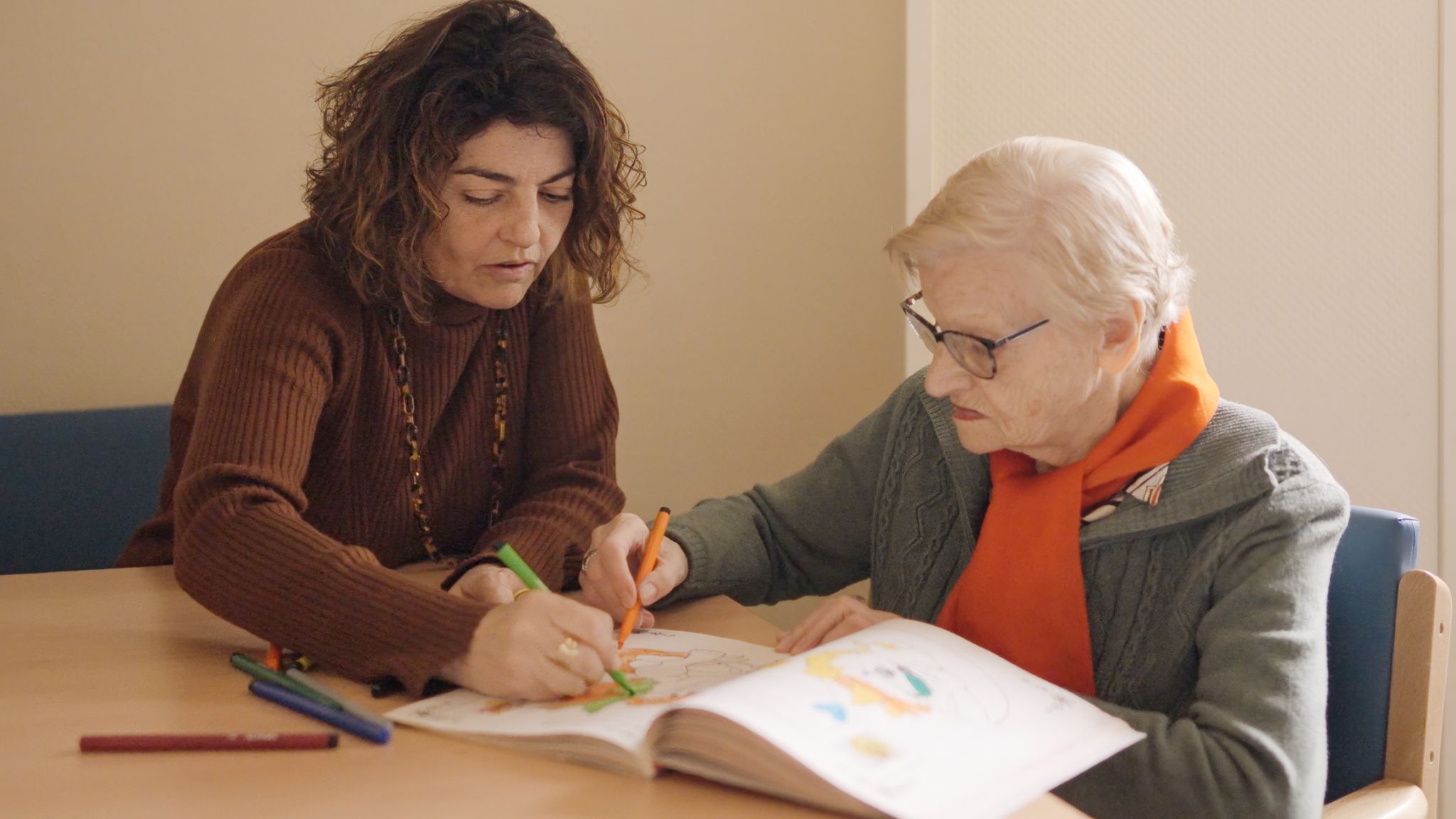Expert Tips for Using Therapy Supplies Effectively
Understanding the Importance of Therapy Supplies
Therapy supplies are essential tools in facilitating the healing and recovery process for clients undergoing therapeutic interventions. They enhance therapeutic sessions by providing tangible ways to express thoughts and emotions, aiding in both verbal and non-verbal communication. Whether used in physical therapy, occupational therapy, or mental health sessions, these supplies can significantly enhance treatment outcomes.
Choosing the right supplies is crucial, as they need to align with the specific goals of each therapy session. Therapists must ensure that the selected tools are appropriate for the age, abilities, and specific needs of their clients, which can vary widely across different individuals.

Selecting the Right Therapy Supplies
Consider Client Needs
One of the first steps in using therapy supplies effectively is understanding the unique needs of each client. This involves assessing their physical, emotional, and cognitive abilities to determine what type of supplies would be most beneficial. For example, a child with sensory processing issues might benefit from textured toys or fidget tools.
Prioritize Versatility
Choosing versatile supplies that can be used in multiple ways can help maximize the value of your investment. Items like resistance bands, therapy balls, and art supplies can serve various purposes across different types of therapy sessions, from physical rehabilitation to stress relief exercises.

Integrating Therapy Supplies into Sessions
Create a Welcoming Environment
The environment in which therapy occurs plays a significant role in its effectiveness. Incorporating therapy supplies into a welcoming, safe, and comfortable setting can help clients feel more at ease and open to engaging in therapeutic activities. Organize supplies neatly and ensure they are easily accessible to encourage clients to use them.
Customize Activities
Customization is key in therapy. Tailor activities using the therapy supplies to fit the specific goals of each session. For instance, using art supplies for creative expression can help clients work through emotional challenges, while physical therapy tools might be used to improve mobility and strength.

Encouraging Client Engagement
Engagement is a critical component of successful therapy. Encourage clients to take an active role by allowing them to choose which supplies they feel most comfortable with. This autonomy can increase their investment in the process and boost their confidence.
Additionally, explain the purpose of each tool and how it can aid in their recovery or development. When clients understand how a particular supply can benefit them, they are more likely to use it effectively.
Evaluating Therapy Outcomes
Regular evaluation of therapy outcomes can help determine the effectiveness of the supplies being used. This involves monitoring client progress and making necessary adjustments to the tools or activities as needed. Feedback from clients is invaluable in this process and can provide insights into what is working well and what might need changing.
By carefully selecting, integrating, and evaluating therapy supplies, therapists can enhance their practice and support their clients in achieving meaningful progress toward their therapeutic goals.